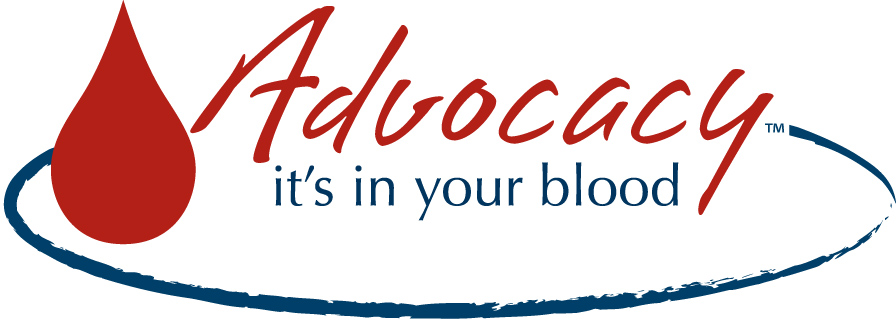In the early 1980s, when universities and the government were working together to expand the Advanced Research Projects Agency Network (ARPANet), an early version of the Internet, the Massachusetts Institute of Technology issued this warning to users: “Sending electronic mail over the ARPANet for . . . political purposes is both anti-social and illegal. By sending such messages, you can offend many people, and . . . get MIT in serious trouble.” Wow, times have changed. On the Internet today, especially in social media, political discussions are as common and accepted as sharing baby photos with relatives or critiquing movies. In the last presidential campaign, for example, 1.5 billion online videos mentioned one or both of the presidential candidates in the title, and nine out of  ten of those videos were produced by citizens trying to reach each other. Quantity does not necessarily mean quality of course, but advocates are finding that the strategic use of online networks such as Facebook and Twitter can spread advocacy messages to new audiences and build political support for key public policies. Here are six tips for successfully advancing your advocacy agenda online. 1.) Is it really for you? – When deciding if, or how much, to incorporate social media into your advocacy, beware of the “everyone is doing it” pressure. Yes, social media can be a powerful advocacy tool, but it is not for everyone. It requires time, discipline, and commitment. It can give you and your organization political muscle, but like any muscle, it must be regularly exercised to stay strong. If you are not certain that you will have the energy to keep a Facebook page active with regular posts and lively discussion, then do not create one. Not having a page is better than having a stale one 2.) Be intentional and organized – As with other forms of advocacy, working “off the cuff” usually does not cut it. Start with defining your goals for being online and tailor your messages to match the interests of your intended online audience. Use tools such as HootSuite to schedule posts, but also dedicate time each day to respond to what is happening on your wall and to be informed by the political conversations on other groups’ pages. Also, consider assigning a point person to coordinate your organization’s social media activities. 3.) Dialogue, not monologue – Ever had a friend who always talked but never listened, or who was quick to explain their political opinion but never asked about yours? Well, that friendship probably did not last long. No one likes to be “talked at,” and that is as true online as it is offline. Ask questions on your Facebook page about the political and policy issues facing our community, thereby giving others the opportunity to express themselves. Respond quickly to comments and thank people for them, even if you do not agree with their stance. In addition, share posts and resources from ally organizations; it builds your partnership with those organizations and brings variety to your wall. 4.) Show, do not  just tell – Attract people to your cause by giving your online presence life. Avoid the boring, text-only rut by regularly displaying videos and photos. When you or other members of your organization meet with elected officials or their staff, take a photo of the meeting and post it on your website or Facebook page. 5.) Avatars are lousy advocates – It is tempting to use social media as an advocacy crutch, thinking that your comments on a state legislator’s Facebook page can take the place of calling that legislator. Your online advocacy should complement your on-the-ground efforts, not replace them. According to Anita Jackson, Director of Social Media and Blogging for MomsRising, an advocacy group that reaches over 3.5 million people online, “Social media organizing doesn’t happen in a vacuum; it has to happen in the context of a whole, old-fashioned organizing plan.” Online petitions work best when accompanied by a call campaign and vice versa, while emailing a legislator is a great follow-up to a personal visit. 6.) Protect your privacy – In the thick of an intense online political debate, it is often easy to forget that the words you are typing into the comment box might very well go public after you click “Post.” Given this, be aware of the forum’s privacy settings and do not post personal medical information. In an amazingly short time, the Internet has moved from a limited, non-political forum to what it is today: a vast, social, blink-of-the-eye venue for robust political discussion and advocacy action. It can give political muscle to even the smallest cause. With the above tips in mind, you and your organization can flex that muscle and move your advocacy agenda forward with strength. Jonathan VanderBrug, Advocacy Consultant, HFA




